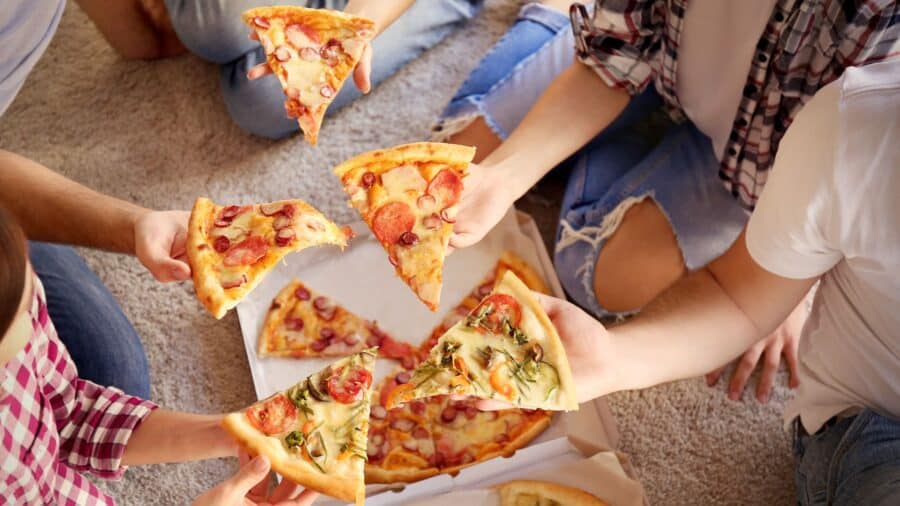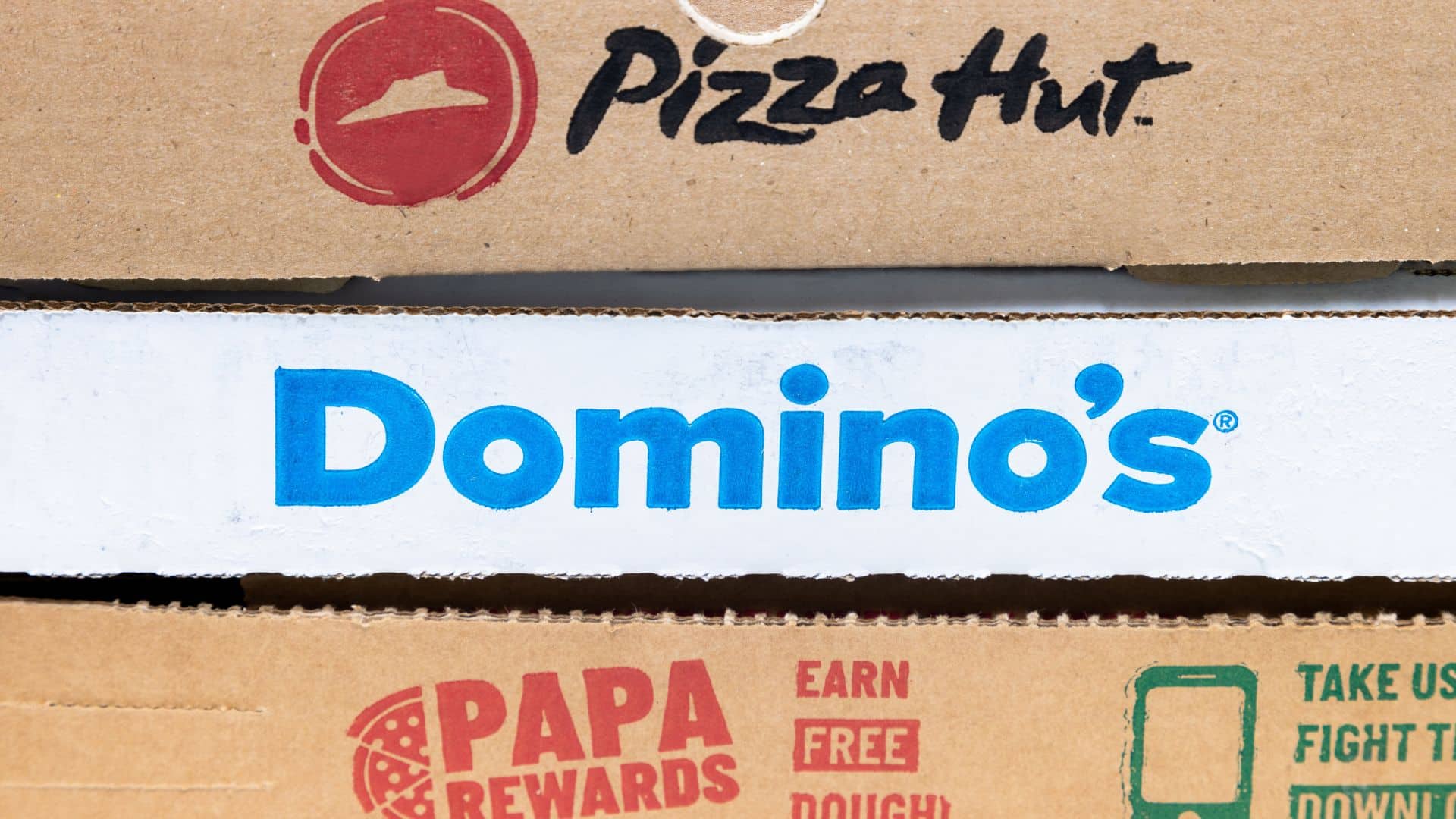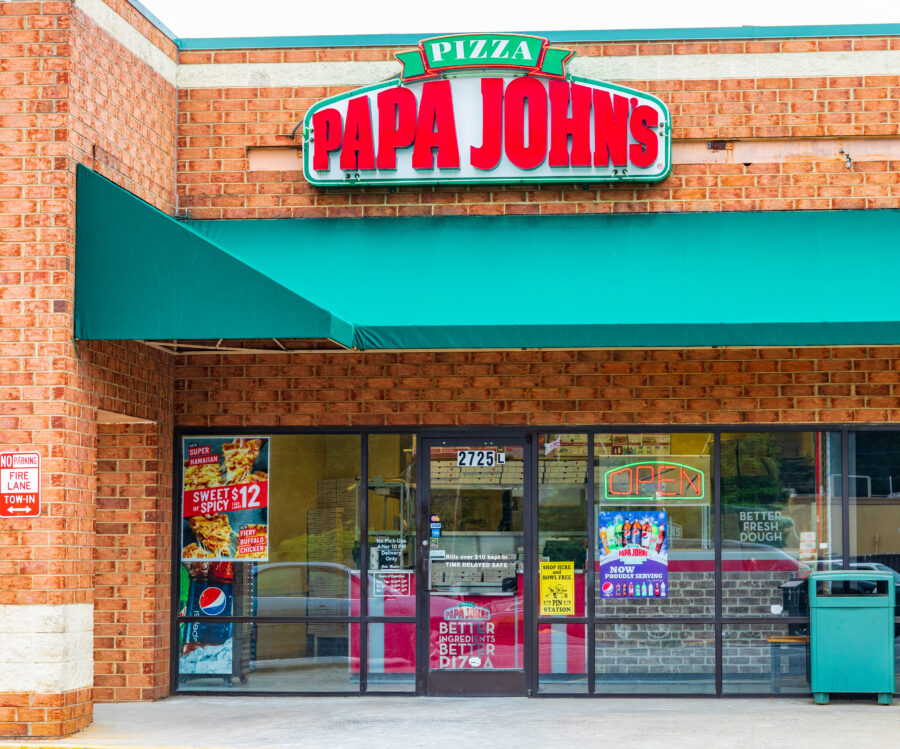
Papa Johns is selling more pizzas—but that’s not translating into bigger profits.
In its latest earnings call, the chain revealed that while orders rose by 6% in the second quarter, customers are spending less per visit.
From skipping extra toppings to passing on drinks and sides, the trend highlights how even loyal pizza lovers are making budget-conscious choices.
A Surprising Sales Paradox

Papa Johns executives revealed during their Aug. 7 earnings call that while the chain sold 6% more pizzas in the second quarter, overall revenue growth didn’t keep pace. The culprit? Customers are spending less per order, choosing lower-priced menu items or ordering fewer extras like sides and drinks. This spending shift raises concerns about long-term profitability despite increased order volume.
Post-Quarter Slowdown Sparks Concern
After a strong second-quarter performance, Papa Johns reported a noticeable dip in sales in the weeks that followed. While not yet categorized as a crisis, the decline is worrying enough for company leadership to flag it publicly. It’s unclear if this trend reflects seasonal changes, shifting consumer habits, or larger economic headwinds impacting discretionary dining.
A Reflection of Broader Consumer Behavior

The decrease in per-order spending isn’t unique to Papa Johns—it mirrors what’s happening across the fast-food industry. Consumers, facing rising costs in other areas of life, are still willing to treat themselves to pizza but are making smaller, more cost-conscious purchases. This shift suggests people are looking to balance indulgence with tighter budgeting.
The Inflation Effect on Dining Out

While inflation has cooled slightly from recent peaks, many households are still feeling the pinch. Higher grocery and utility costs have left less room in budgets for full-price fast-food orders. For pizza chains, that means customers may opt for fewer toppings, smaller sizes, or skip add-ons altogether, choices that add up to reduced revenue per transaction.
Papa Johns’ Strategy to Win Back Bigger Orders

In response, Papa Johns is rolling out menu strategies designed to boost average check sizes without alienating cost-conscious customers. These may include value bundles, limited-time offers, and adjusted portion sizes. By striking a balance between affordability and appeal, the chain hopes to encourage customers to spend just a little more without feeling like they’re overspending.
Competitive Pressures in the Pizza Market

The pizza industry is fiercely competitive, with rivals like Domino’s and Pizza Hut also adjusting their offerings to cater to more budget-minded diners. Aggressive promotions, loyalty programs, and digital ordering incentives are becoming the norm. For Papa Johns, standing out means finding a value proposition that both resonates with customers and sustains profitability.
Digital Ordering’s Double-Edged Sword

Papa Johns has benefited from the convenience of app and online ordering, which can increase order frequency. However, digital ordering also makes it easier for customers to skip impulse purchases like drinks or desserts, as they aren’t confronted by in-store upselling cues. This convenience may inadvertently contribute to smaller average order values.
An Indicator for the Restaurant Industry at Large

Papa Johns’ experience offers a snapshot of the current dining landscape. Consumers still crave restaurant experiences, but they’re more strategic about how they spend. If these habits persist, restaurants across the board may need to rethink pricing, promotions, and portion sizes to adapt to a market where frequency stays high, but spending per visit stays lean.
Balancing Value and Profit in a Shifting Market

Papa Johns’ latest earnings reveal more than just a company-specific challenge—they spotlight a shift in how consumers spend on dining out. While people still want pizza nights, they’re trimming orders to fit tighter budgets. For Papa Johns and other chains, the path forward will require creative pricing, enticing offers, and a careful balance between delivering value to customers and maintaining profitability.

